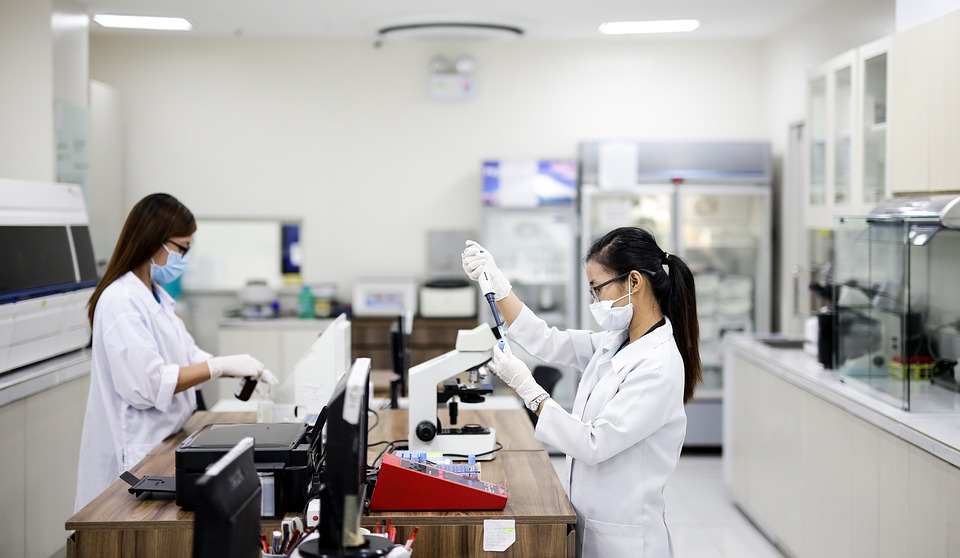Fires, floods, drought: is the tide finally turning for our Aussie farmers?
With favourable rain, a record low Australian dollar, low interest rates and a near record high commodity prices, the agriculture sector is one of the few industries benefiting from the current conditions.
With favourable rain, a record low Australian dollar, low interest rates and a near record high commodity prices, the agriculture sector is one of the few industries benefiting from the current conditions.
The value of farm production is expected to be $59 billion in 2019-2020, in large part due to high commodity prices but also because of a range of factors that have aligned.
The Australian dollar, which recently reached an 11-year low, is shielding agriculture from some of the negative effects of the COVID-19 crisis. At the same time many parts of Australia have seen better-than-average rainfall. Some areas of eastern Australia have had the wettest start to the year in almost a decade, while parts of NSW broke records for rain in March with more than 100 millimetres of rain in some places. For at least the past 20 years, other areas have seen record rainfalls in March.
“That winter rainfall is really important for agriculture,” Bureau of Meteorology senior forecaster Blair Trewin said.
“Even if there is less rainfall than in summer, because there’s less evaporation in winter, that rain is really important.
Rainfall isn’t the only factor boosting agriculture during the crisis – Farmers are also not restricted in the same way as the rest of society during lockdown.
Most farmers already work from home everyday so COVID-19 has little to no impact on their daily business. For farmers, a lockdown is not much more than closing farm gates behind their ute.
The lock-down of city centres across the world has been detrimental to many other businesses such as retail and restaurants, but these changes haven’t affected the agriculture industry. Across Australia, the industry, as an essential service, is performing at full capacity even though urban centres are locked down.
Farm inputs are all readily available as operators commence their cropping programmes – no disruption to supply chains.
In regards to any negative effect COVID-19’s might have on agriculture, the Department of Agriculture, Water and Environment predicts it to be short term. According to their agricultural overview for March 2020, “the economic drivers of growing meat demand in Asia remain strong.”
They explain that despite the crisis, incomes and populations are still growing and the preference is shifting to a more western diet, such as meat.
An increased focus on food security has seen a lot of investment in the space over the last 8 weeks. Countries are looking closely at securing supply, with several across Asia temporarily halting exports, ensuring their domestic market is prioritised. This could push prices up.
We have been working with Australian Food & Farming, an agricultural fund who have seen success in the recent months and have access to a small allocation to help them raise capital.
To learn more about this investment opportunity with Australian Food & Farming or speak to an advisor, click here.
Reach Markets are the advisors assisting with the management of this offer and may receive fees depending on whether an offer is taken up by investors.
Sources:
General Advice Warning
Any advice provided by Reach Markets including on its website and by its representatives is general advice only and does not consider your objectives, financial situation or needs, and you should consider whether it is appropriate for you. This might mean that you need to seek personal advice from a representative authorised to provide personal advice. If you are thinking about acquiring a financial product, you should consider our Financial Services Guide (FSG) including the Privacy Statement and any relevant Product Disclosure Statement or Prospectus (if one is available) to understand the features, risks and returns associated with the investment.
Please click here to read our full warning.




